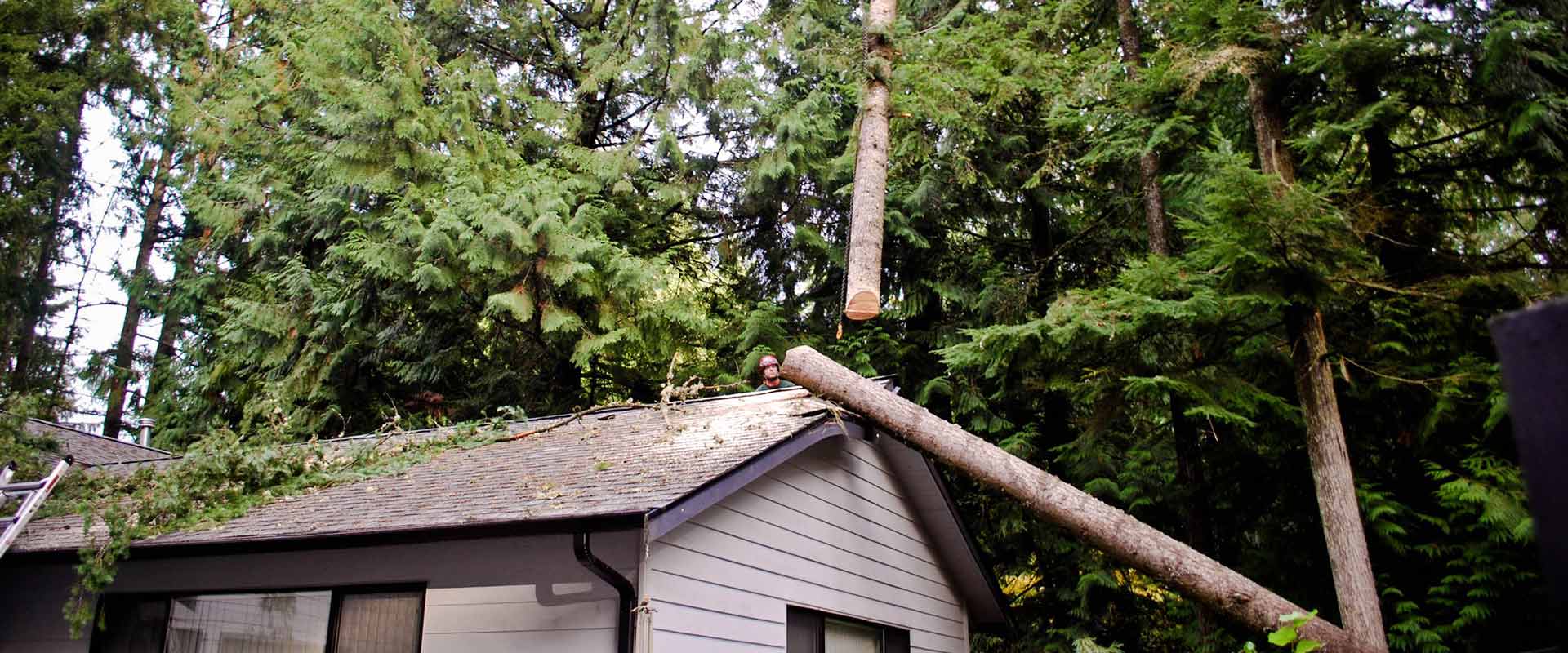We have some tips for identifying potential issues, weaknesses, and the general health of your trees.
The following points are intended as a general reference, and are not to take the place of a professional assessment.
As a homeowner in the great Pacific Northwest, you are probably used to enjoying the trees on your property. You grow accustomed to your trees, and notice how they change during the seasons.
It is this observance that can be a great advantage in spotting health issues that may not be immediately or openly visible. Keeping an eye ‘warning signs’ is the best way to preemptively correct an unhealthy tree.
Basic signs of tree’s health suffering:
- Physical damage: Heavy equipment can inadvertently cause damages to your tree. Look for physical scrapes, large knicks, or other wounds in the bark.
- Foliage changes: A great way to determine declining health is in visible changes to the foliage. Reduced foliage or a sudden absence of foliage at all.
- Color changes for deciduous & evergreen species: If your tree begins to change color that does not coincide with seasonal changes (or prematurely), this may be an indicator of declining health, or other fungal/parasitic infection or stress/shock.
- Rot/Decay: Take special note at the base of the tree for rot, fungus, growths/bulges, or termites/ants at the base of the tree and within cavity’s.
It is important to remember that a healthy tree has a considerably higher structural integrity. Keeping your trees healthy is the key to ensuring you have a safe and strong addition to your property.
The above points are some basic things to look for in a tree of declining health. But there are other common natural indicators of an unstable or potentially hazardous tree that you can look for:
Signs of potentially hazardous trees
- Multiple Trunks (or dominance, EG; Co-Dominant, Tri-Dominant). These connections may lose strength over time and with age. The additional windsail aspect of a co-dominant tree also typically creates more overall drag during high-winds. Sometimes a co-dominant trunk can be cabled to increase the stability and life of the tree.
- Cracks: Cracks that are deep, or extend through the trunk are a clear sign of instability.
- Lean: The angle a tree is leaning can be an important factor in judging a hazardous tree. Small angles of lean are normal and natural (as are the natural changes in direction a tree can take during its growth), but at noticeably greater angles, the weight distribution can be a major issue during wind storms. Significant leans can also indicate root damage, are are a good indicator that the tree is unstable.
- Roots: Heaving earth near the base, exposed, or visibly cracked/damaged roots is a sign of instability.
There are many pruning methods that can help save and increase the safety of a tree that may display some of the aforementioned health issues.
Deadwood-removal, as well as structure pruning for better weight distribution can drastically increase the health and safety of any mature Northwest tree.
There are many other ways to prevent damage or infection, as well as ways to help restore an unhealthy tree that we will cover in the next installment.

